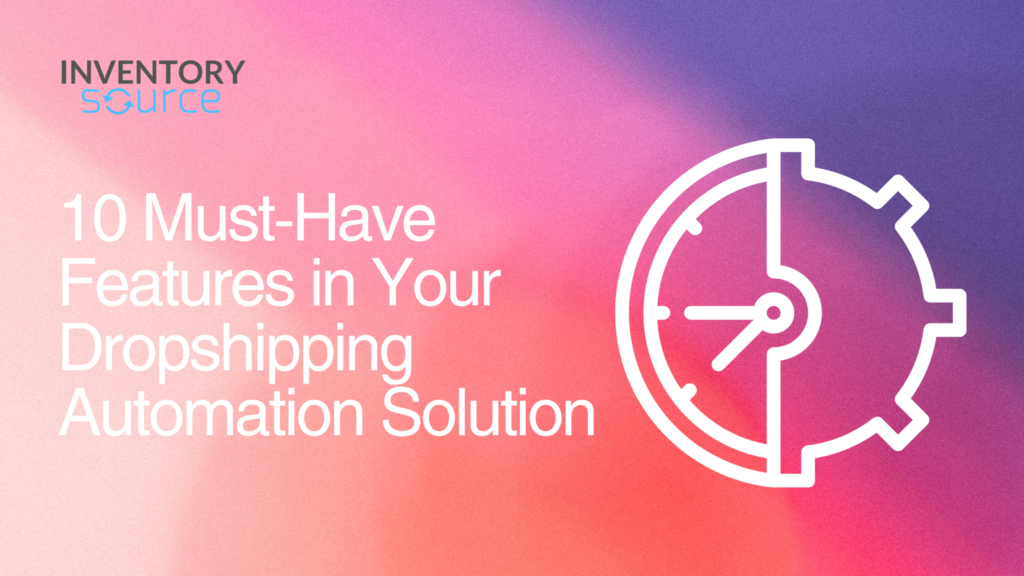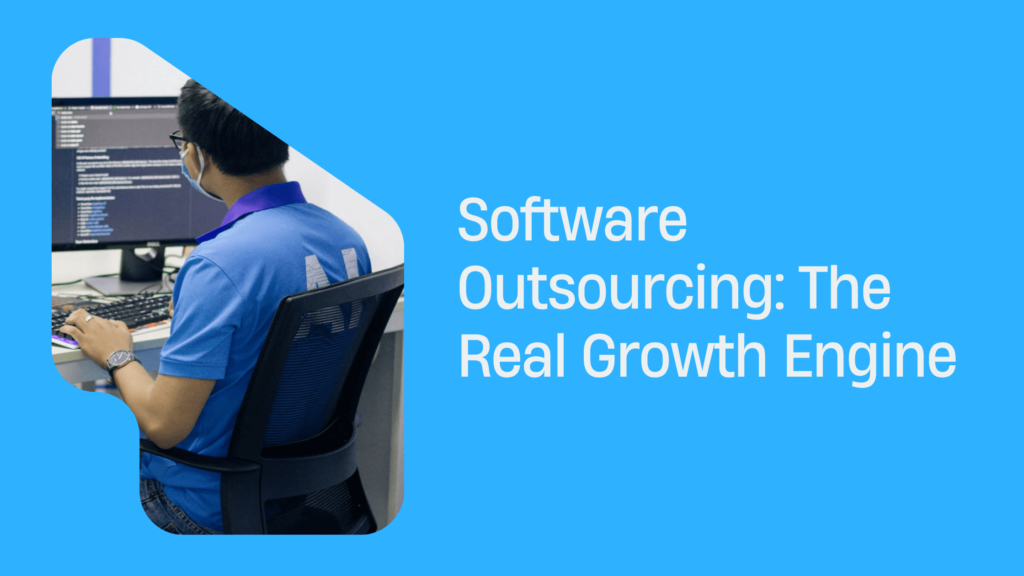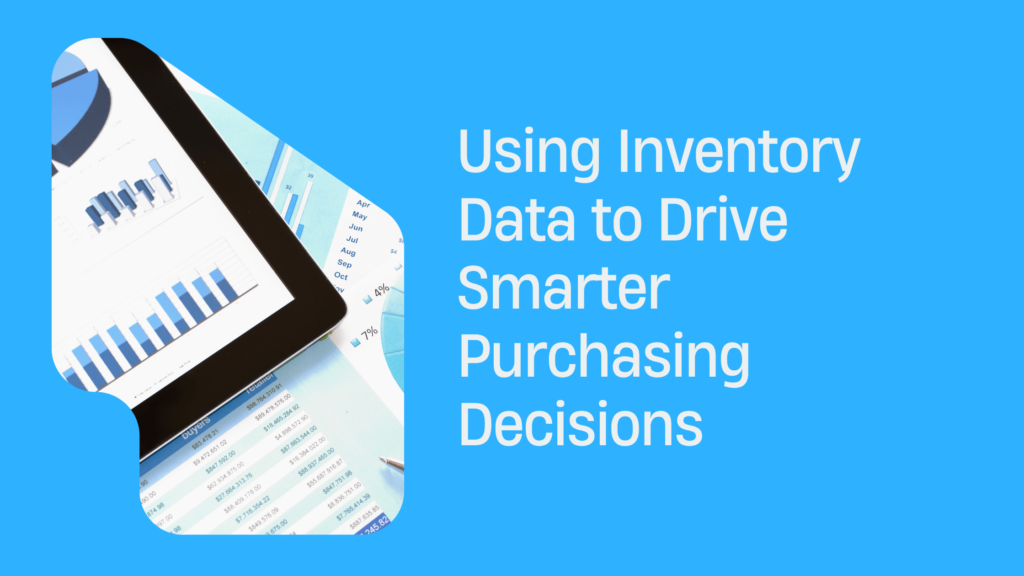10 Must-Have Features in Your Dropshipping Automation Solution
The world of ecommerce has witnessed an explosive growth in recent years, and one business model that has gained immense popularity is dropshipping. This method allows entrepreneurs to start their own online stores without the need to stock inventory. Instead, they source products directly from suppliers, who handle everything from storage to shipping. However, managing a dropshipping business can be challenging without the right tools. This is where dropship automation software comes into play.
In this blog, we will explore 10 essential features that you should look for in your dropshipping automation solution.
The Rise of Dropshipping in the USA
Before delving into the features of dropshipping automation tools, let’s take a moment to understand the significance of this business model, particularly in the United States.
Booming Market: The dropshipping market is currently worth a staggering $249.16 billion in 2023. Moreover, it is projected to maintain an impressive compound annual growth rate (CAGR) of 30.6%, reaching an estimated value of $724.26 billion by 2027.
US Dominance: A remarkable 81% of the most successful dropshippers, often referred to as the top 1%, are based in the United States. This underscores the immense potential of the dropshipping industry in the country.
Fashion Segment: The dropshipping fashion segment is on a growth trajectory, with a predicted CAGR of 24.9% from 2023 to 2030. This sector’s expansion reflects the versatility of dropshipping across various product categories.
Challenges and Success Rates: While dropshipping offers promising opportunities, it’s essential to acknowledge the challenges. Shockingly, only 10% of dropshipping businesses succeed, and a staggering 90% fail during their first year, often within the initial month. A mere 1.5% of dropshipping businesses achieve a monthly recurring revenue (MRR) exceeding $50,000, emphasizing the need for effective tools and strategies.
Market Presence: Over 33% of Amazon third-party sellers are dropshippers, indicating a significant presence on one of the world’s largest ecommerce platforms. Furthermore, about 25% of eBay dropshippers generate over $1,000 per month, with the top 10% earning an impressive $7,700 a month in profit.
Now that we understand the dropshipping landscape, let’s explore the crucial features your dropshipping automation software should possess.
1. Product Catalog Management & Listing Creation
In dropshipping, managing your product catalog is like organizing a store. Think of it as having a digital tool that acts as your store’s shelves. It’s crucial because it helps you bring in products from different suppliers easily. Just like placing items neatly on shelves, this tool allows you to organize these products. And when you want to display these items to your customers, it’s like creating eye-catching labels with clear product descriptions, attractive images, and accurate prices. Having this tool simplifies & automate the process of listing products in your online store, making it more appealing to potential buyers.
2. Inventory & Pricing Automation
Imagine running a store with hundreds of products, each with its own stock levels and prices. Managing this manually would be like a never-ending juggling act. However, a good dropshipping automation tool acts as a smart assistant. It continuously updates your inventory levels in real-time, so you always know how many products you have in stock. Additionally, it helps you set competitive prices for these products, ensuring that your prices are appealing to customers while still allowing you to make a profit. This automation takes the stress out of keeping track of inventory and pricing.
3. Order & Tracking Automation
Running a dropshipping business often means handling many orders. Picture a robot that handles order processing for you. When customers make purchases on your website, this robot automatically sends those orders to the right suppliers. It doesn’t stop there; it also provides tracking information to your customers so they can follow the journey of their package. This automation simplifies the order process and keeps your customers informed, leading to a better shopping experience.
4. Automatic Inventory Sync
Imagine your inventory as a giant puzzle. A missing piece can lead to frustration, and extra pieces can create confusion. But with automation, it’s like having a puzzle solver. It ensures that all your pieces (products) fit together perfectly. This tool synchronizes your inventory across all the platforms where you sell, whether it’s your website, a marketplace, or other sales channels. This means that if a product is sold on one platform, it’s instantly marked as “sold out” on all others, preventing over-selling or running out of stock.
5. Supplier Integration
In dropshipping, suppliers are like your product sources. The more dropship suppliers you can connect with, the more diverse and extensive your product offerings can be. A good dropshipping automation software acts as your connector. It offers integration options with various suppliers, allowing you to access a wide range of products. This means you can expand your product catalog and provide your customers with more choices.
6. Order Routing
Think of order routing as a GPS system for your orders. When a customer places an order, it’s like setting a destination. This feature helps you automatically select the best route, or in this case, the best supplier, to fulfill that order. This optimization ensures that orders are processed efficiently, saving on shipping costs and reducing delivery times, which can lead to happier customers.
7. Price Monitoring
Imagine having a secret agent who keeps tabs on what your competitors are charging for similar products. This information is like valuable intel. A good dropshipping tool provides you with insights into market trends and your competitors’ pricing strategies. Armed with this knowledge, you can adjust your own pricing strategy to stay competitive. This means you can attract more customers while maintaining healthy profit margins.
8. Bulk Product Uploads
Instead of painstakingly moving one product at a time, think of bulk product uploads as a magic transporter. It allows you to move multiple products in one go, like moving an entire group of items all at once. This feature is a time-saver and minimizes effort, especially if you have a large number of products to manage.
9. Product Customization
This feature lets you add a personal touch to the products you sell. It’s like putting your own unique stamp on them. With the right tool, you can customize product listings to make them stand out. You can add your branding, unique descriptions, or any special details that make the product uniquely yours. This helps your store differentiate itself from competitors and build a stronger brand identity.
10. Analytics and Reporting
Think of analytics and reporting as the scorecard for your business. Just like a coach reviews a team’s performance, this feature provides you with detailed information about how your dropshipping business is doing. It offers data and charts that help you understand your sales, inventory levels, and overall business performance. With this information, you can make informed decisions to improve your business strategies and continue growing.
In essence, these features are like having a set of powerful tools at your disposal, making the management of your dropshipping business more efficient, less stressful, and ultimately more successful. They streamline processes, save time, and help you make informed decisions to grow your online store.
In conclusion, the success of your dropshipping business hinges on choosing the right dropship automation software. With the industry’s explosive growth and the challenges it presents, having these 10 essential features in your arsenal will undoubtedly give you a competitive edge. So, invest wisely in your dropshipping automation solution and watch your business thrive in this dynamic ecommerce landscape.
Dropshipping Automation Solution FAQs
How does automated order management improve dropshipping processes?
Automated order management streamlines the order fulfillment process, reducing errors, providing real-time updates to customers, and saving valuable time for business growth.
Why is inventory syncing crucial for efficient dropshipping?
Inventory syncing is crucial for efficient dropshipping because it ensures that product availability is always accurate, preventing overselling or out-of-stock situations.
What is the role of product research tools in dropshipping stores?
Product research tools help dropshipping stores identify profitable products by analyzing market trends, competition, and customer demand, enabling informed product selection.
How does pricing automation benefit competitive pricing?
Pricing automation benefits competitive pricing by continuously monitoring competitor prices and allowing businesses to adjust their pricing strategies to stay competitive in the market.



